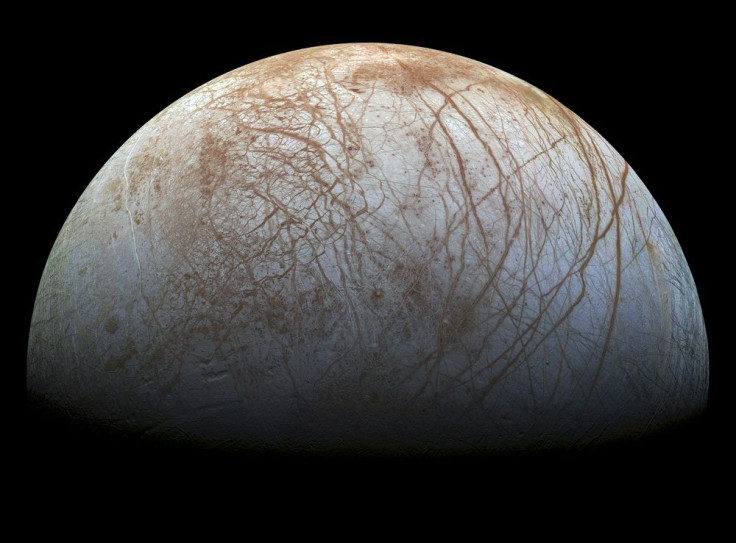NASA announcement of new findings from images of Europa triggers speculation of alien life

Retired National Aeronautics and Space Administration (NASA) astronaut Leroy Chiao renewed public interest in alien life after he wrote in early September an article on the subject. On Wednesday, the interest was further sparked when NASA announced it would have a media call on Monday, Sept 26, to present the agency’s findings on activity on Europa.
Europa is one of the largest known of Jupiter’s 67 moons. The images which NASA would share were captured by the Hubble Space Telescope. The astronomers were surprised by evidence of activity which could be related to the presence of a subsurface ocean on the moon.
The NASA announcement caused speculations in social media if Europa could possibly harbour alien life in the Solar System based on theory of astrobiologists that organisms could survive in Jupiter moon’s oceans, reports The Telegraph. But this early, NASA had quashed the speculations, saying the findings were definitely not about UFOs or extraterrestrials.
In May, when NASA announced it would share discoveries made by the Kepler Space Telescope, a similar speculation that the space agency would admit the discovery of aliens. However, it turned out the discoveries were about 1,284 new planets. In the agency’s tweet on Wednesday, NASA states, “Spoiler alert: NOT aliens.”
Four space experts would take part in the Monday teleconference. They are Paul Hertz, director of NASA’s Astrophysics Division in Washington; William Sparks, astronomer with the Space Telescope Science Institute in Baltimore; Britney Schmidt, assistant professor at the School of Earth and Atmospheric Sciences at the Georgia Institute of Technology in Atlanta; and Jennifer Wiseman, senior Hubble project scientist at NASA’s Goddard Space Flight Center in Greenbelt, Maryland.
VIDEO: Europa: Ocean World
Source: NASA Jet Propulsion Laboratory





















